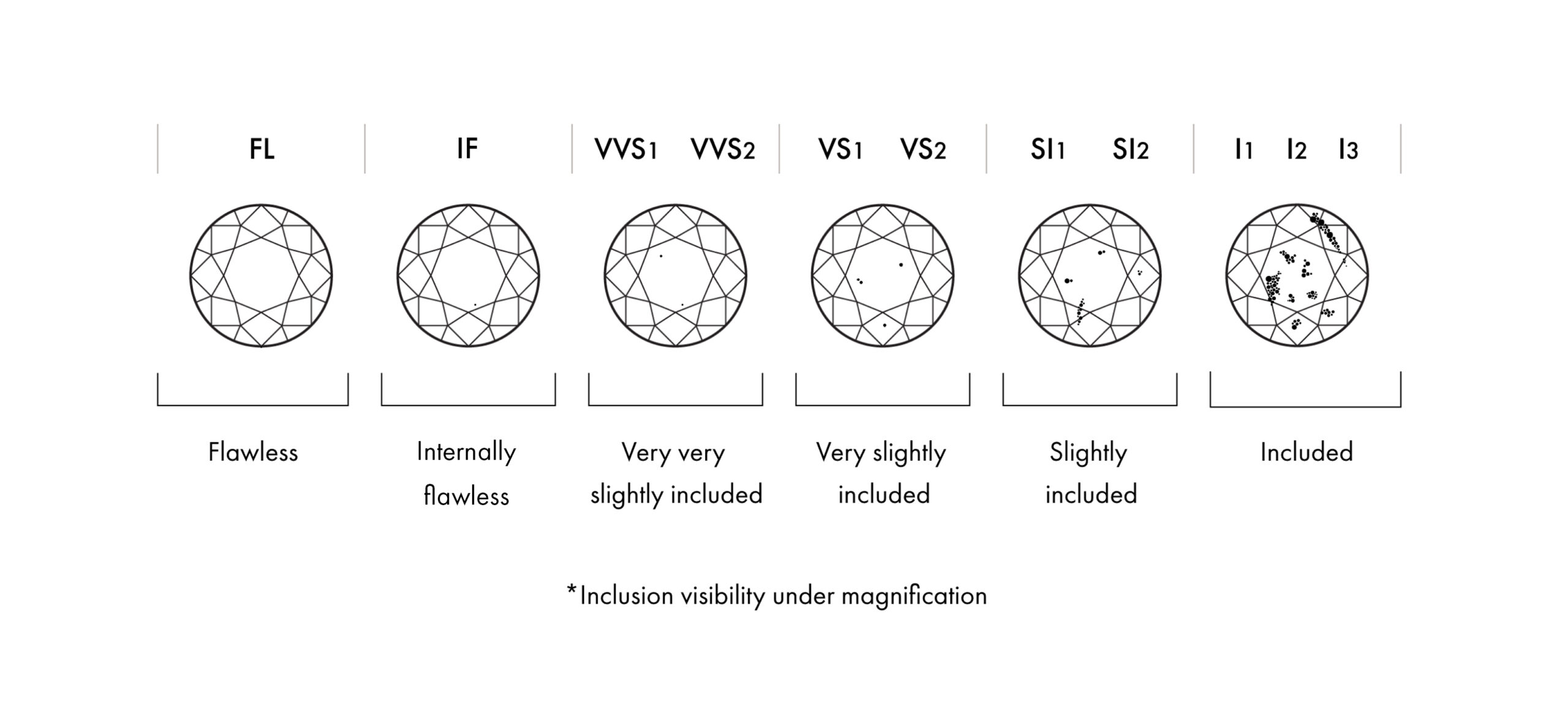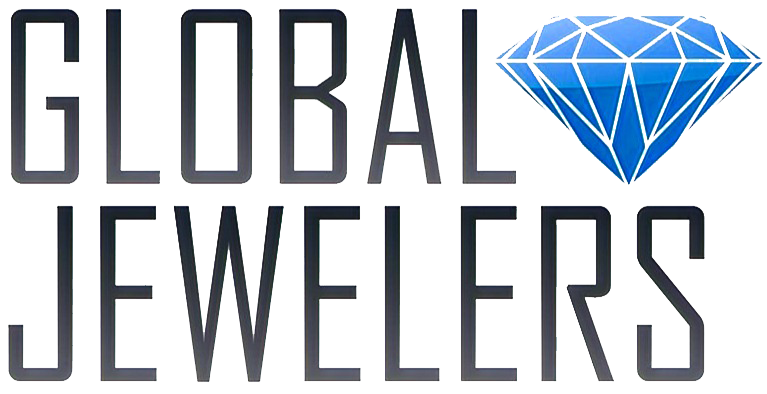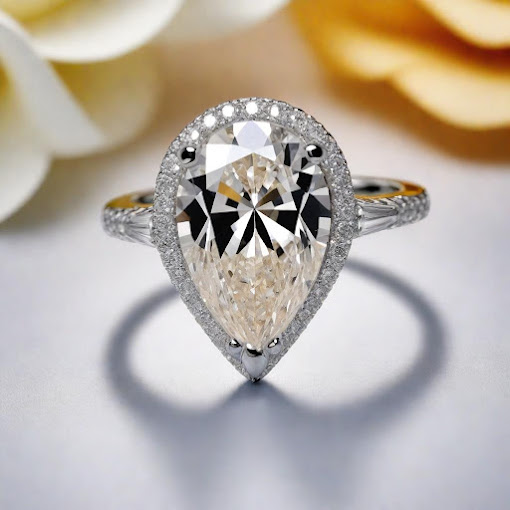What Is the Best Level of Diamond Purity and How Does It Affect Its Value?
When purchasing or selling a diamond, many people focus on size and brilliance, but one of the most important factors in determining its value is purity, or clarity. Understanding diamond purity can help you make an informed decision whether you’re buying a diamond for personal use or as an investment.
What Is Diamond Purity?
Diamond purity, also referred to as diamond clarity, measures the presence of internal and external imperfections within the stone. These imperfections, known as inclusions (internal flaws) and blemishes (surface flaws), affect the appearance of the diamond. The fewer inclusions or blemishes a diamond has, the higher its clarity grade and purity level.
Clarity is graded using the GIA (Gemological Institute of America) scale, which ranges from Flawless (FL) to Included (I1, I2, I3):
- Flawless (FL): No inclusions or blemishes visible under 10x magnification.
- Internally Flawless (IF): No inclusions and only very minor surface blemishes.
- Very, Very Slightly Included (VVS1, VVS2): Inclusions are extremely difficult to see under 10x magnification.
- Very Slightly Included (VS1, VS2): Minor inclusions are visible under 10x magnification but not noticeable to the naked eye.
- Slightly Included (SI1, SI2): Inclusions are more noticeable under 10x magnification and may be visible to the naked eye.
- Included (I1, I2, I3): Inclusions are obvious under 10x magnification and can affect transparency and brilliance.
The Best Level of Diamond Purity

The best level of diamond purity is the Flawless (FL) or Internally Flawless (IF) grade. These diamonds have no visible inclusions or blemishes under 10x magnification, making them extremely rare and valuable. While FL and IF diamonds are considered the highest level of purity, they are also the most expensive, and not everyone finds them necessary for aesthetic purposes.
How Does Diamond Purity Affect Value?
- Rarity: Flawless diamonds are exceptionally rare. The higher the clarity, the more difficult it is to find a diamond without inclusions, which drives up its value.
- Visual Appeal: While some inclusions are only visible under magnification, larger inclusions in diamonds with lower clarity grades can affect the stone’s brilliance and sparkle. A high-purity diamond will appear clearer and more radiant.
- Durability: Inclusions can make a diamond more susceptible to chipping or damage. Diamonds with fewer inclusions tend to be stronger and last longer, adding to their long-term value.
- Investment Potential: Diamonds with higher clarity grades are considered better investments because their value appreciates more steadily over time due to their rarity.
When selling a diamond, its value is influenced by several key factors, including its purity, or clarity, as well as the other “4 Cs” — cut, color, and carat weight. Here’s how the clarity of a diamond, along with other factors, affects its resale value:
1. Clarity’s Impact on Resale Value
The clarity of a diamond directly affects its resale value, though it is often just one component among others. Here’s how it plays a role:
- High Clarity (FL, IF, VVS1, VVS2): Diamonds with high clarity (Flawless, Internally Flawless, Very, Very Slightly Included) are rarer and more desirable. As a result, they typically fetch higher resale prices. However, while clarity is important, other factors like the cut and carat weight usually play a bigger role in how much a buyer will offer.
- Moderate Clarity (VS1, VS2, SI1, SI2): Diamonds in these clarity ranges are still highly valuable, especially if they have few noticeable imperfections visible to the naked eye. For example, a VS1 or VS2 diamond can have similar visual appeal to higher-clarity diamonds, making them attractive in the resale market at a more affordable price point for buyers.
- Low Clarity (I1, I2, I3): Diamonds with noticeable inclusions or blemishes that can affect their appearance are typically harder to sell at a high price. These inclusions might affect the brilliance or durability of the diamond, leading to lower offers when selling.
2. How Other Factors Influence Value When Selling Diamonds
When selling a diamond, buyers (whether jewelers or individual customers) also consider the following factors, sometimes placing more weight on them than clarity alone:
- Cut: The cut of the diamond, which determines its brilliance and sparkle, is often the most important factor when determining resale value. A well-cut diamond will appear more brilliant, even if it has lower clarity. Diamonds with an “excellent” or “very good” cut command higher resale prices.
- Color: The closer a diamond is to being colorless, the more valuable it is. Diamonds graded D (colorless) through F (near colorless) are the most sought after, while lower color grades (J or lower) will reduce the diamond’s resale value.
- Carat Weight: Larger diamonds are generally more valuable. However, a small, high-quality diamond (in terms of cut, color, and clarity) might sell for more than a larger, lower-quality stone.
- Market Demand: The current demand for diamonds of certain specifications (such as popular cuts or sizes) will influence resale value. A high-clarity diamond might not fetch a top price if it’s in a cut or size that’s not currently in demand.
- Certification: Diamonds with certification from a trusted gemological lab, such as the GIA or AGS, are typically more valuable because they come with verified reports of their qualities. Certified diamonds are easier to resell at higher prices because buyers trust the evaluation.
3. How to Maximize the Resale Value of Your Diamond
- Get an Appraisal: Before selling, have your diamond appraised by a professional to get a clear understanding of its market value.
- Sell to a Reputable Buyer: Working with a trustworthy buyer, such as Global Jewelers Gold Buyers of Broward, ensures you receive a fair market offer for your diamond.
- Keep Documentation: If you have certificates or original purchase receipts, presenting these can help increase the value offered by potential buyers.
While clarity is an important factor in determining the resale value of a diamond, the stone’s cut, color, carat weight, and overall market demand also play a significant role. If you’re considering selling your diamond, visit Global Jewelers Gold Buyers of Broward, where our team can offer you expert advice and a competitive offer based on all aspects of your diamond’s quality.


